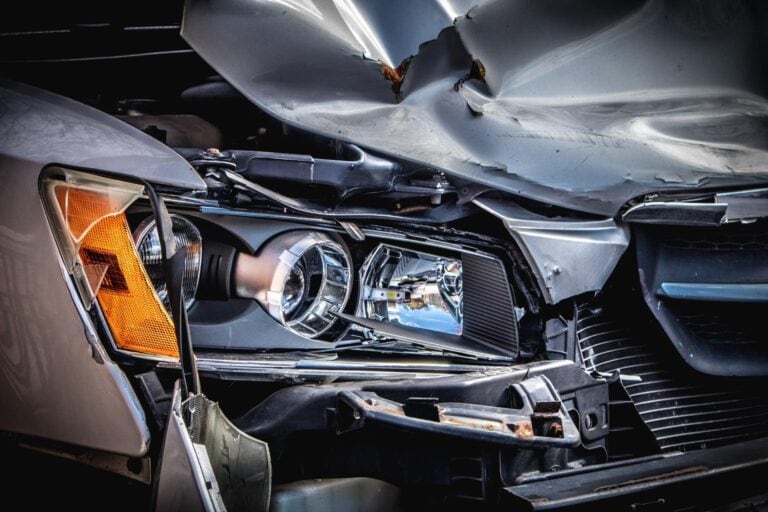Proving negligence in a car accident can be difficult, and it becomes even more so in the case of a multi-vehicle accidents. Residents of California may do well to know what the process is like, though. Negligence, first of all, is a legal concept referring to a persons failure to exercise reasonable care.
Multi-vehicle crashes are often a series of rear-end collisions and can be caused by drivers who speed, follow too closely to the vehicle in front and commit other negligent acts. In the case of two-rear end collisions, the first driver, Driver A, might be blameless while the two behind him or her can be held to be at fault if they were negligent.
However, it often turns out that the driver in the middle, Driver B, did nothing wrong and that the negligence of a Driver C caused Driver B to collide with Driver A. In that case, Driver A holds Driver C responsible. Driver B may also file a claim against Driver C.
To prove negligence, one will need plenty of evidence. This can include the police reports and any physical evidence at the crash site, including skid marks and vehicle debris. Eyewitness testimony, such as from passers-by or from the passengers in the cars that collided, can be helpful as well.
When victims of motor vehicle accidents want to see if they are eligible for compensation under personal injury law, they usually see a lawyer for a case evaluation. This may help them decide if they should file a claim. The filing process can be complicated, but a lawyer may handle every step, especially the negotiating of a settlement out of court. A successful claim may cover victims for past and future medical bills, lost wages, pain and suffering and more.






